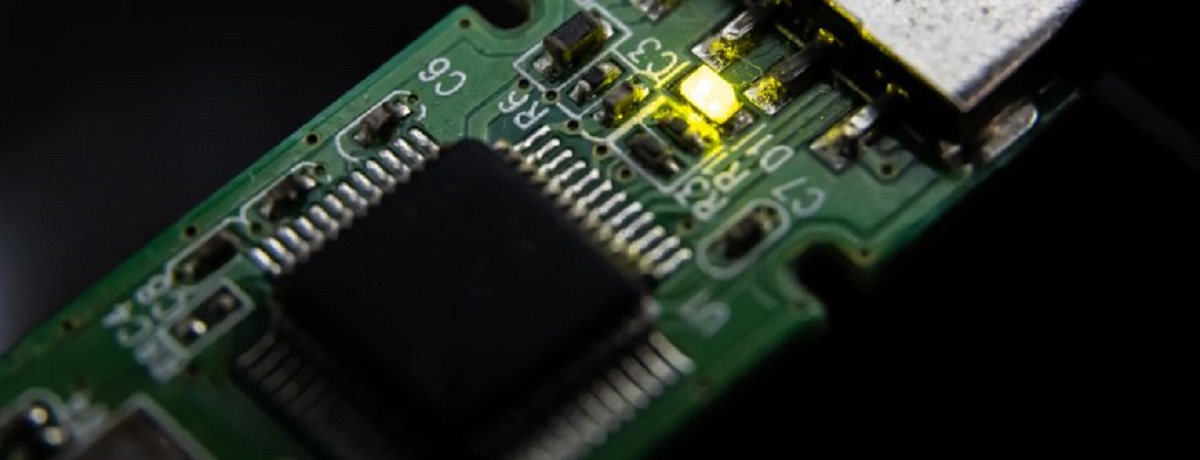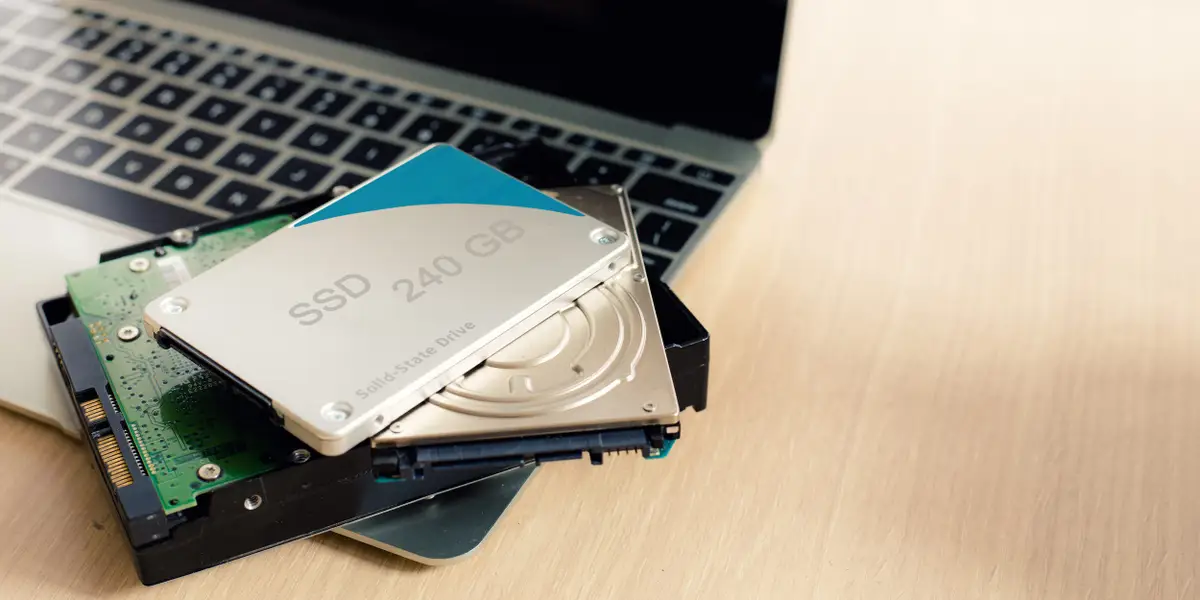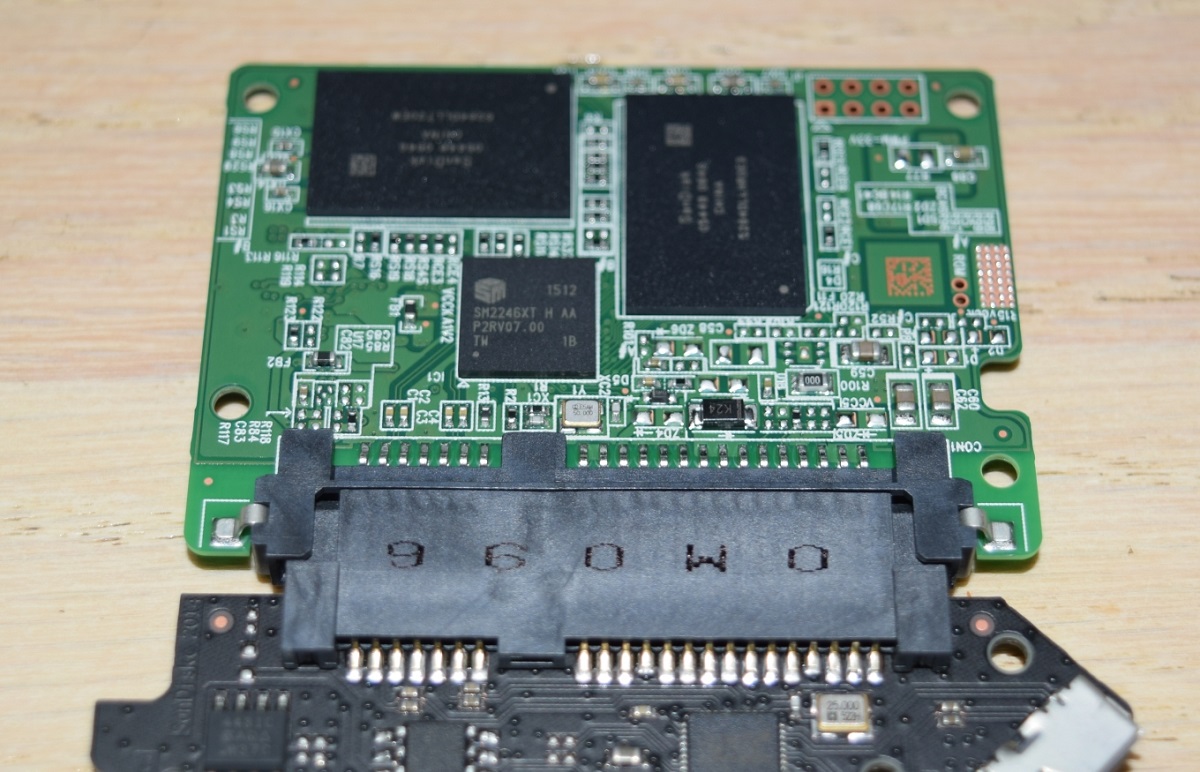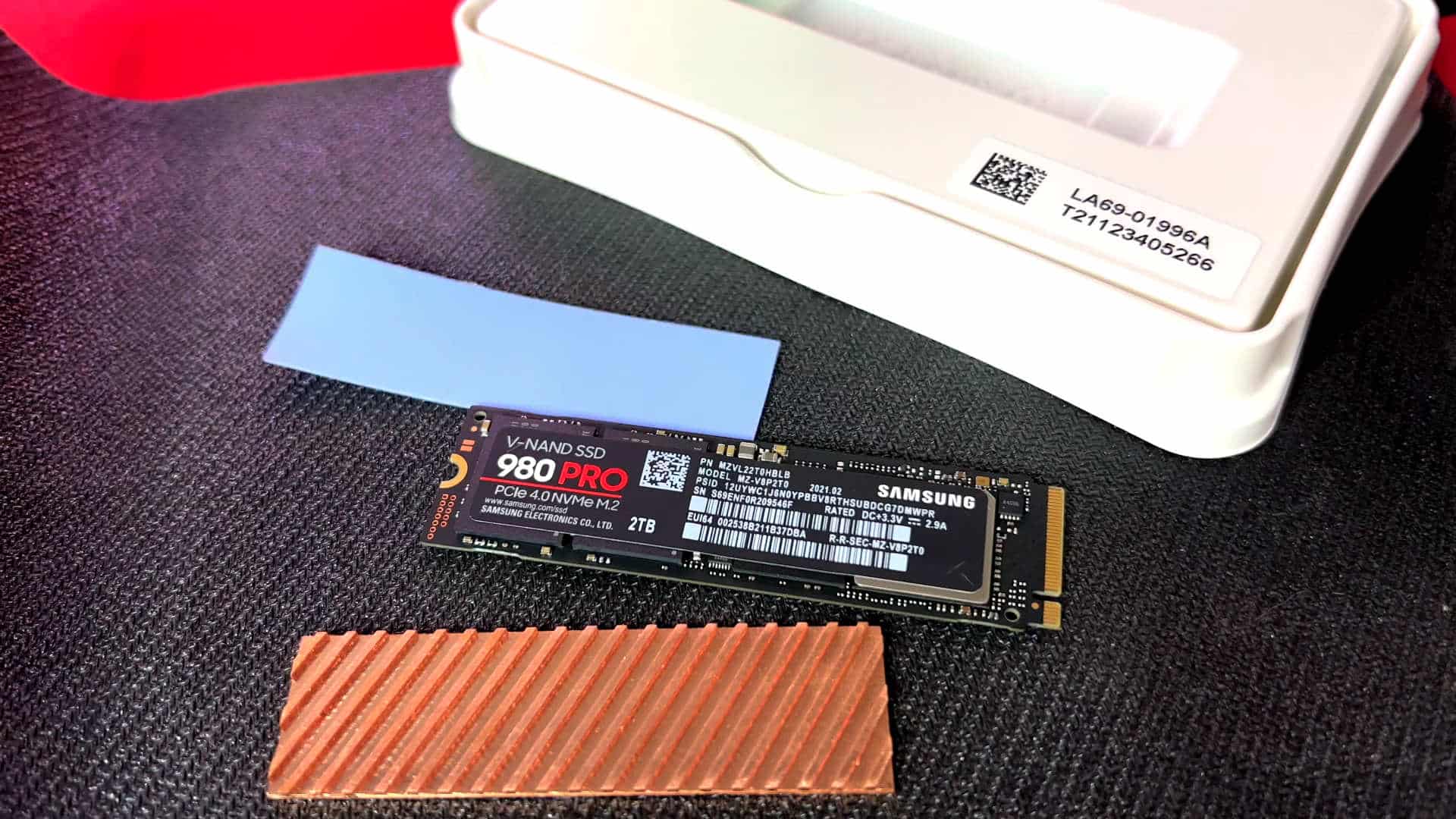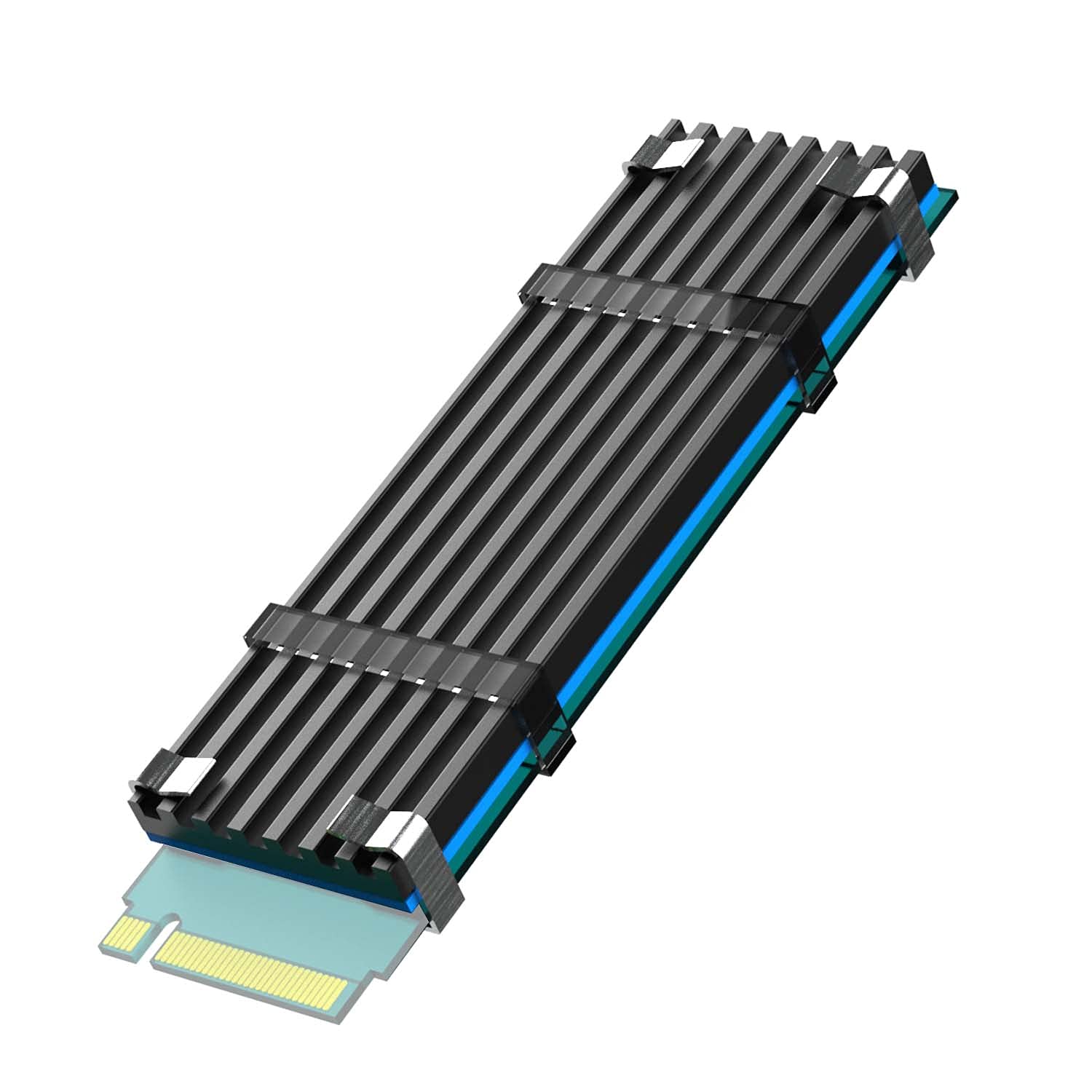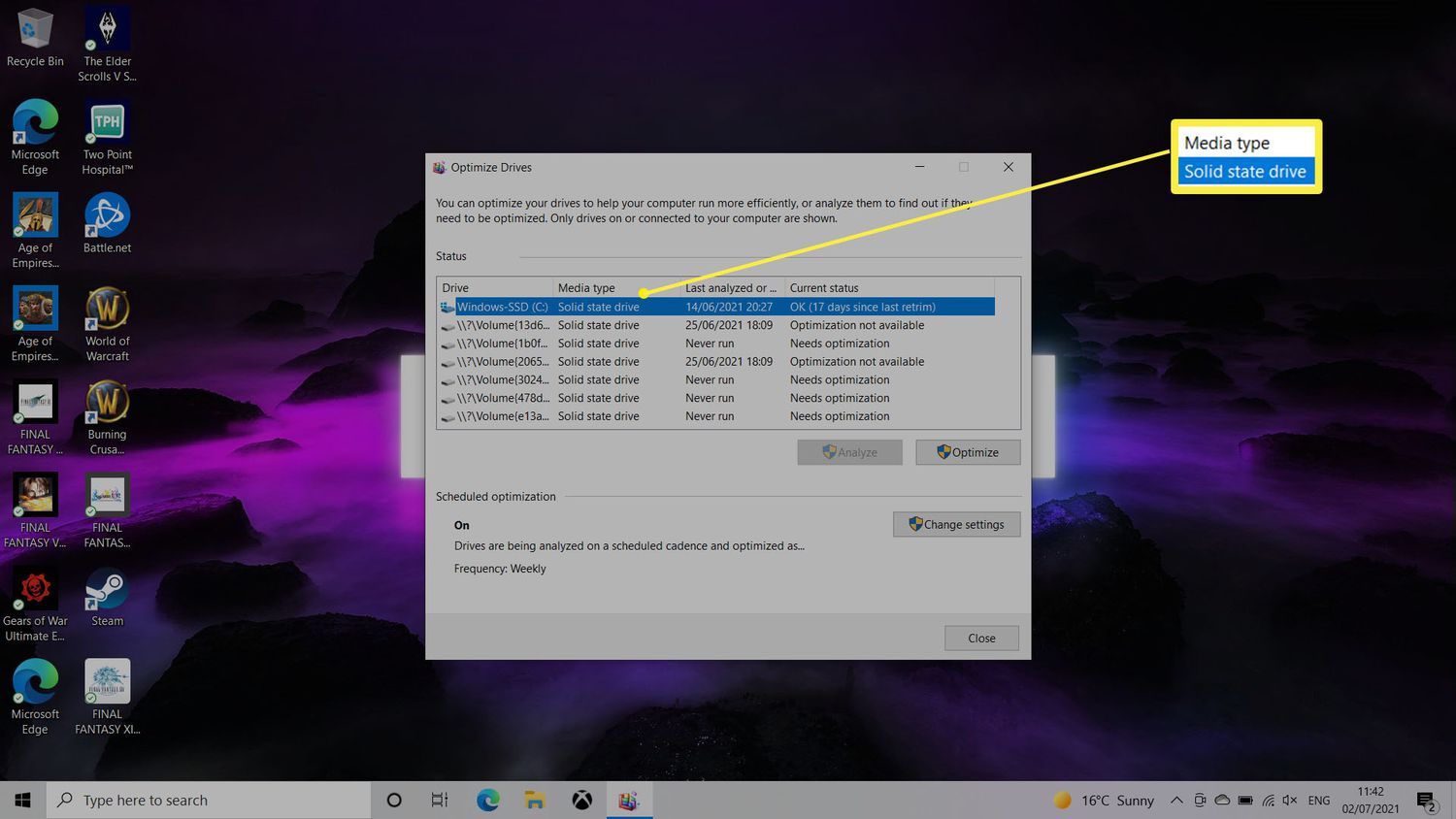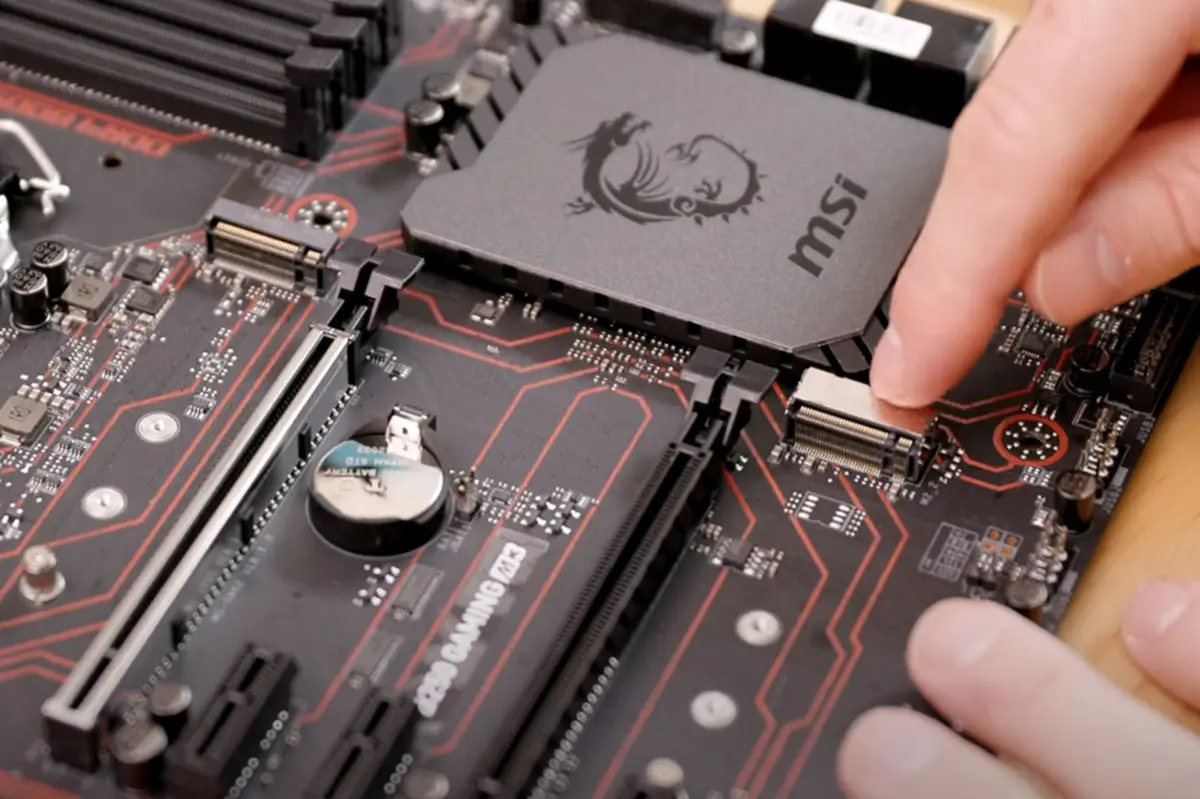Introduction
Welcome to the world of solid-state drives (SSD). In this digital era, where speed and efficiency are paramount, SSDs have become a crucial component of modern computing. Whether you’re a casual user or a tech enthusiast, understanding the importance and applications of SSDs is essential. In this article, we will explore what an SSD is, how it works, its advantages, common uses, and the key considerations when purchasing one.
SSD stands for Solid-State Drive. Unlike traditional hard disk drives (HDDs), which rely on spinning platters and mechanical components, SSDs store data electronically. This difference in technology translates to significant improvements in performance, reliability, and overall user experience.
In recent years, SSDs have gained immense popularity due to their faster read/write speeds, lower power consumption, and smaller form factor. These attributes have made them a preferred choice for various applications, from personal computers and gaming consoles to servers and data centers.
In this article, we will demystify the world of SSDs and help you understand why they have become an integral part of modern computing. So, let’s delve into the world of SSDs and discover the wonders they bring.
Definition of SSD
A solid-state drive (SSD) is a type of non-volatile storage device that uses integrated circuit assemblies to store and retrieve digital information. Unlike traditional hard disk drives (HDDs) that use mechanical components, SSDs rely on NAND flash memory chips to store data. The absence of moving parts in SSDs results in faster access times, improved durability, and lower power consumption.
The term “solid-state” refers to the use of solid-state electronic components, such as transistors, to store and retrieve data. These electronic components, organized in a grid-like structure, retain their data even when the power is turned off. This non-volatile characteristic differentiates SSDs from volatile forms of memory, such as random-access memory (RAM), which require a continuous power source to retain data.
SSDs have revolutionized the storage landscape by offering several advantages over HDDs. One of the most significant benefits is speed. SSDs can read and write data at significantly faster speeds compared to traditional hard drives. This leads to reduced boot times, faster application launches, and improved overall system responsiveness.
Another crucial advantage of SSDs is their durability. Since there are no moving parts involved, SSDs are more resistant to shock, vibration, and physical damages. HDDs, on the other hand, are composed of spinning platters and read/write heads that are susceptible to impact and mechanical failures.
Moreover, SSDs consume less power than HDDs, making them more energy-efficient. This not only contributes to longer battery life in laptops and mobile devices but also reduces the environmental impact by conserving energy.
Overall, the definition of an SSD encompasses a storage device that utilizes solid-state electronic components, such as NAND flash memory, to provide faster access times, improved durability, and lower power consumption compared to traditional hard disk drives. In the following sections, we will explore how SSDs work and delve into their numerous advantages and applications.
How Does an SSD Work?
To understand how a solid-state drive (SSD) works, let’s take a closer look at its internal components and the fundamental processes involved.
At the heart of an SSD is NAND flash memory. This type of memory is composed of floating gate transistors, which can hold a charge even when there is no power supplied. These transistors are organized into cells, with each cell representing a bit of data.
When data is written to an SSD, the controller chip receives the information and converts it into an electrical signal. The controller then sends a voltage through the appropriate transistors in the NAND flash memory cells, either charging or discharging the cells to represent the binary values of 0s and 1s.
Reading data from an SSD follows a similar process. The controller chip detects the voltage levels in the NAND flash memory cells and converts them back into digital information. This information is then sent to the computer’s processor for further processing.
In order to optimize storage space and performance, SSDs use a technique called wear leveling. Wear leveling distributes data evenly across the NAND flash memory cells, ensuring that all cells are used uniformly. This helps prevent certain cells from wearing out faster than others, which can lead to the loss of data.
To maintain data integrity, SSDs employ error-correcting codes (ECC) that detect and correct any errors that may occur during data transfers and storage. ECC algorithms can identify and rectify common types of errors, providing a reliable and consistent storage solution.
Additionally, SSDs incorporate a cache memory, which serves as a temporary storage area for frequently accessed data. The cache memory helps improve read and write speeds by reducing the time required to access data from the NAND flash memory cells.
Overall, the workings of an SSD involve the use of NAND flash memory cells, a controller chip, wear leveling techniques, error-correcting codes, and cache memory. These components work together to provide fast, reliable, and efficient storage capabilities.
Advantages of Using SSD
Using a solid-state drive (SSD) as your primary storage device offers a multitude of advantages over traditional hard disk drives (HDDs). Let’s explore some of the key benefits:
- Speed: One of the most significant advantages of SSDs is their exceptional speed. Compared to HDDs, which rely on spinning platters and read/write heads, SSDs use flash memory technology to access data almost instantly. This leads to faster boot times, quicker application launches, and improved overall system responsiveness.
- Reliability: SSDs are more reliable than HDDs due to their lack of moving parts. Mechanical components in HDDs make them prone to failures caused by physical shocks or wear and tear over time. SSDs, on the other hand, are more resistant to physical damage, making them a reliable choice for data storage.
- Durability: The solid-state nature of SSDs makes them highly durable. Unlike HDDs, they are not susceptible to damage from physical jolts or vibrations. This durability factor is particularly important for users who frequently travel with their devices or operate in environments prone to movement or impact.
- Energy Efficiency: SSDs consume significantly less power than HDDs. Since SSDs don’t have spinning platters and read/write heads, they require fewer energy resources to operate. This can result in longer battery life for laptops and mobile devices and lower electricity bills for desktop users.
- No Noise: HDDs generate noise due to the moving mechanical parts. SSDs, on the other hand, produce no noise during operation. This silent operation offers a quieter and more pleasant user experience, especially in environments where noise reduction is important.
- Compact Form Factor: SSDs come in a compact form factor, allowing for more design flexibility in devices such as laptops, ultrabooks, and tablets. Their small size and lightweight nature make them ideal for portable devices where space is at a premium.
- Improved File Access and Transfer: SSDs have faster read and write speeds compared to HDDs. This translates into faster file access times and shorter data transfer durations. Whether you’re opening large files, launching applications, or transferring data, SSDs can significantly reduce wait times and improve productivity.
- No Fragmentation: HDDs can suffer from fragmentation, which occurs when files are scattered across different physical locations on the disk. This fragmentation can slow down file access times. SSDs, being non-mechanical, do not suffer from fragmentation and provide consistently fast performance.
These advantages make SSDs an attractive choice for individuals and businesses seeking faster, more reliable, and efficient data storage solutions. As we delve further into the article, we will discover the common uses of SSDs and explore the differences between SSDs and HDDs.
Common Uses of SSD
Solid-state drives (SSDs) have gained widespread popularity and are now utilized in various applications across different industries. Let’s explore some of the common uses of SSDs:
- Personal Computers: SSDs are commonly used in personal computers as the primary storage device. They provide faster boot times, quicker application launches, and overall improved system performance. Many users upgrade their traditional hard disk drives (HDDs) to SSDs to enhance their computing experience.
- Gaming Consoles: Gaming enthusiasts often opt for SSDs to store their games. The fast loading times of SSDs significantly reduce game load times and provide a smoother and more immersive gaming experience. SSDs can also enhance in-game performance by reducing lag and improving data access speeds.
- Servers and Data Centers: In the realm of server and data center environments, where speed, reliability, and efficiency are crucial, SSDs are widely used. Their fast read and write speeds can significantly improve the performance of database servers, web servers, virtual machines, and other critical infrastructure components.
- Mobile Devices: With the increasing popularity of smartphones and tablets, SSDs have become a preferred choice for mobile device storage. They offer faster app launches, smoother multitasking, and improved battery life. SSDs also make devices more durable and resistant to damage caused by drops or movements.
- Professional Workstations: Professionals who work with resource-intensive applications, such as video editing, graphic design, and 3D modeling, benefit greatly from SSDs. These drives can handle large file sizes and deliver faster render times, which significantly improves productivity and workflow efficiency.
- Embedded Systems: SSDs are commonly used in embedded systems, such as industrial control systems, digital signage, and point-of-sale devices. Their robustness, reliability, and resistance to shock and vibration make them suitable for demanding environments where continuous operation is required.
- Cloud Computing: Cloud service providers and data centers rely on SSDs to deliver high-performance storage solutions to their customers. SSDs enable faster access to virtual machines, databases, and storage arrays, ensuring smooth performance and responsiveness.
- Video Surveillance: The speed and responsiveness of SSDs make them an excellent choice for video surveillance systems. SSDs can handle the continuous, high-bitrate data streams from multiple cameras, offering quick access to footage and reducing the risk of data loss.
These are just a few examples of the many applications where SSDs are used. Their versatility, reliability, and high-performance characteristics make them indispensable for modern computing needs in various fields and industries.
SSD vs HDD: Which is Better?
When it comes to choosing between a solid-state drive (SSD) and a hard disk drive (HDD), it’s essential to consider your specific needs and requirements. Both technologies have their advantages and drawbacks. Let’s compare them to determine which is better for different use cases:
- Speed: SSDs have a clear edge in terms of speed. They offer significantly faster boot times, quicker application launches, and speedier file transfers compared to HDDs. This makes SSDs the preferred choice for those who prioritize speed and responsiveness.
- Capacity: HDDs typically provide larger storage capacities at a more affordable price per gigabyte compared to SSDs. If you require vast amounts of storage space, such as for storing extensive media libraries or large databases, an HDD might be a more cost-effective option.
- Reliability: SSDs are generally more reliable than HDDs due to their lack of moving mechanical parts. Since SSDs do not have spinning platters or read/write heads, they are less susceptible to physical damage from drops, vibrations, or sudden movement. This makes SSDs a more reliable choice for storing critical data.
- Durability: The absence of mechanical parts also contributes to the enhanced durability of SSDs compared to HDDs. HDDs can fail over time due to wear and tear or mechanical issues, while SSDs have a longer lifespan and are better equipped to withstand physical shocks and vibrations.
- Noise: HDDs generate noise during operation due to the spinning platters and moving read/write heads. SSDs, being solid-state and devoid of any mechanical parts, operate silently. This makes SSDs ideal for users who prefer a quieter computing environment.
- Energy Efficiency: SSDs consume significantly less power than HDDs. Since SSDs don’t have spinning parts, they require less energy to operate. This results in lower energy consumption, extended battery life for laptops, and reduced electricity bills for desktop users.
- Price: HDDs have a clear advantage in terms of price per gigabyte of storage. They are more cost-effective, making them an appealing choice for users who require large storage capacities on a limited budget. SSDs, while more expensive, offer better performance and durability.
Ultimately, the choice between an SSD and an HDD depends on your specific needs. If you prioritize speed, reliability, durability, and have a higher budget, an SSD is the better option. On the other hand, if you require larger storage capacities at a more affordable price and can tolerate slightly slower performance, an HDD might be a more suitable choice.
For a well-rounded solution, many users opt for a combination of both SSDs and HDDs. This allows them to take advantage of the speed and responsiveness of SSDs for the operating system and frequently accessed files, while using an HDD for large storage needs.
Consider your requirements, budget, and the specific use case when choosing between an SSD and an HDD. Both technologies have their strengths, and the decision ultimately depends on finding the right balance that meets your storage needs.
Considerations When Buying an SSD
When purchasing a solid-state drive (SSD), there are several important factors to consider to ensure you choose the right one for your needs. Let’s explore some key considerations that can help guide your decision:
- Storage Capacity: Determine your storage requirements and choose an SSD with an appropriate capacity. Consider the size of your operating system, applications, and files to ensure you have enough storage space for your needs. SSDs are available in various capacities, ranging from a few hundred gigabytes to several terabytes.
- Speed: Look for SSDs with faster read and write speeds to maximize performance. The speed of an SSD affects boot times, application launches, and file transfers. Consider SSDs with higher sequential and random read/write speeds for optimal performance.
- Interface: Check the interface compatibility of the SSD with your device. The most common interfaces for SSDs are SATA (Serial ATA) and NVMe (Non-Volatile Memory Express). SATA SSDs are compatible with most computers, while NVMe SSDs offer faster speeds and are suitable for devices that support PCIe interfaces.
- Endurance and Lifespan: Consider the endurance rating and lifespan of the SSD. Endurance is measured in Total Bytes Written (TBW) and indicates the amount of data that can be written to the drive before it may start to experience issues. Higher TBW ratings generally indicate a longer lifespan and better endurance for the SSD.
- Reliability: Look for SSDs from reputable manufacturers known for their reliability. Research customer feedback and read reviews to gauge the reliability and durability of the SSD you are considering. A reliable SSD ensures that your data remains accessible and safe over time.
- Price: Consider the price of the SSD in relation to your budget and the features it offers. SSDs are available at various price points, with higher-priced models typically offering better performance and higher capacities. Compare prices from different manufacturers and consider the value offered by the SSD in terms of its features and performance.
- Warranty: Check the warranty offered by the SSD manufacturer. A longer warranty period tends to indicate the manufacturer’s confidence in the product’s quality and reliability. Look for SSDs with a warranty that provides adequate coverage for any potential issues that may arise.
- Compatibility and Installation: Ensure that the SSD you choose is compatible with your device. Check the physical dimensions and form factor of the SSD to ensure it fits in your computer or laptop. Additionally, consider the installation process and whether you have the necessary tools and expertise to install the SSD yourself.
By considering these factors, you can make an informed decision when buying an SSD. It’s important to choose an SSD that meets your storage requirements, offers reliable performance, and fits within your budget. Taking the time to research and compare different SSD models will help you find the best SSD for your specific needs.
Conclusion
Solid-state drives (SSDs) have revolutionized data storage with their exceptional speed, reliability, and efficiency. Unlike traditional hard disk drives (HDDs), SSDs offer faster boot times, quicker application launches, and improved overall system responsiveness. They are more reliable, durable, and energy-efficient, making them an ideal choice for a wide range of applications.
In this article, we explored the definition and workings of SSDs, highlighting their use of solid-state electronic components and NAND flash memory to store and retrieve data. We discussed the advantages of using SSDs, including their speed, reliability, durability, energy efficiency, compact form factor, and improved file access and transfer capabilities.
We also delved into the common uses of SSDs, discovering their applications in personal computers, gaming consoles, servers, mobile devices, professional workstations, embedded systems, cloud computing, and video surveillance systems.
Comparing SSDs to HDDs, we discussed key factors such as speed, capacity, reliability, durability, noise, energy efficiency, and price. Each factor must be considered based on individual needs and preferences when choosing between an SSD and an HDD.
Lastly, we provided considerations to keep in mind when buying an SSD, including storage capacity, speed, interface, endurance, reliability, price, warranty, and compatibility. By taking these factors into account, individuals can make informed decisions and find the SSD that best suits their requirements.
In conclusion, SSDs have become an essential component of modern computing due to their impressive performance, reliability, and innovative technology. As technology continues to advance, SSDs are expected to play an even more significant role in improving data storage and the overall computing experience.







